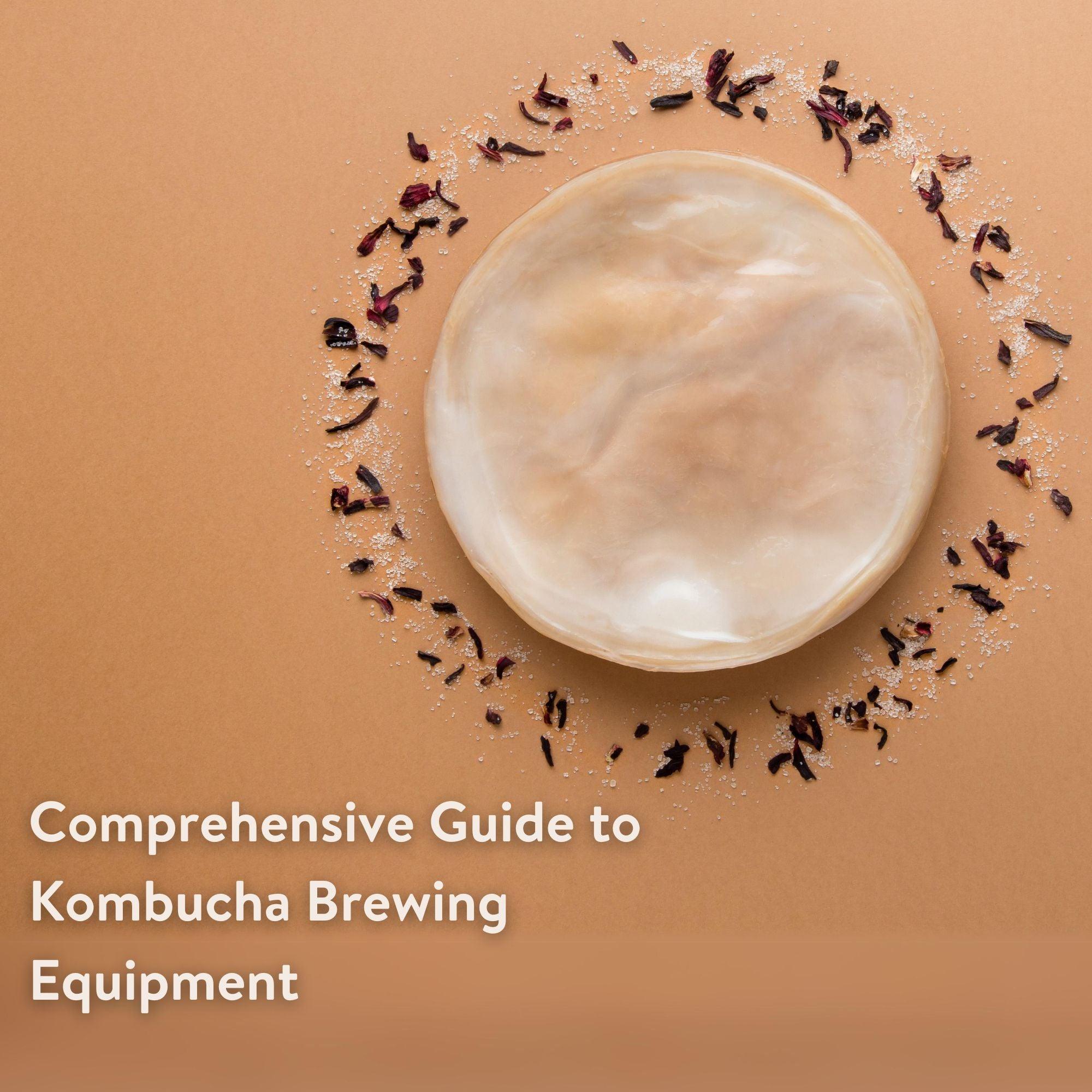In the final chapter of our in-depth exploration into the complex microbial composition of milk kefir, we focus on the Acetobacter species. These are vital contributors to the fermentation process, contributing to milk kefir's distinctive taste and health benefits. Let's dive deeper into understanding these compelling bacteria and their crucial role within the kefir community.
Table Summary
| Microorganism | Key Health Benefits |
|---|---|
| Acetobacter aceti | Vinegar production, Aids fermentation |
| Acetobacter rasens | Aids fermentation |
The Beneficial Impact of Acetobacter Species on Health
Acetobacter aceti
A. aceti is a key species of bacteria in many fermentation processes, including the production of vinegar and other acetic acid fermented foods.
-
Vinegar Production: A. aceti is an important microorganism in vinegar production, where it oxidizes ethanol into acetic acid10.(1).
-
Aids Fermentation: In the context of kefir, A. aceti contributes to the fermentation process, transforming lactose and other sugars into lactic acid and other metabolites, enhancing the nutritional content of the final product10.(2).
Acetobacter rasens
Not as extensively researched as A. aceti, A. rasens is nonetheless an important part of the kefir microbiota.
-
Aids Fermentation: A. rasens also participates in the fermentation process in kefir, aiding in the transformation of lactose and other sugars into lactic acid and other metabolites. However, further research is required to fully understand its role and potential health benefits10.(3).
As we conclude our in-depth exploration of the microbiological orchestra playing behind the scenes in milk kefir, we hope you’ve gained a new-found appreciation for this fermented wonder. The myriad strains of bacteria and yeast synergistically working together create a beverage that is not just distinctive in taste but also teeming with potential health benefits.
Here are the key takeaways from our series:
-
Milk kefir hosts a complex microbiota, comprising different groups of bacteria and yeast. Each group contributes its unique characteristics, flavor profile, and health benefits to the end product.
-
The Lactobacillus species, the Streptococcus species, and the Lactococcus species are some of the main bacterial players that aid in milk lactose fermentation, creating the characteristic tangy flavor of kefir.
-
The various yeast species, including Dekkera, Kluyveromyces, Candida, Yarrowia, Debaryomyces, Issatchenkia, Galactomyces, and Saccharomyces, further contribute to kefir's flavor and aroma, and also potentially to its health benefits.
-
Kefir's potential health benefits include improved gut health, immune system support, potential anti-inflammatory effects, and possible benefits to mental health.
-
The magic of kefir lies in the synergistic interaction of its microbial community. This interplay makes kefir a unique, naturally carbonated, and probiotic-rich product.
-
Understanding the specific roles of these microorganisms in milk kefir's fermentation process can guide you in customizing your homemade kefir. By altering the fermentation conditions, you can potentially favor the growth of certain microbial groups, allowing you to tailor your kefir to your taste or health needs.
As we end this series, we hope that we have equipped you with a deeper understanding and appreciation for the intricate world of milk kefir. Armed with this knowledge, you can now fully enjoy and potentially even create your own custom-made kefir, catered to your taste and nutritional preferences. Happy fermenting!
References
10.(1) Gullo, M., Giudici, P. (2008). Acetic acid bacteria in traditional balsamic vinegar: phenotypic traits relevant for starter cultures selection. International Journal of Food Microbiology, 125(1), 46-53.
10.(2) Trček, J., Mira, N. P., Jarboe, L. R. (2015). Adaptation and tolerance of bacteria against acetic acid. Applied Microbiology and Biotechnology, 99(15), 6215-6229.
10.(3) Illeghems, K., De Vuyst, L., Weckx, S. (2013). Complete genome sequence and comparative analysis of Acetobacter pasteurianus 386B, a strain well-adapted to the cocoa bean fermentation ecosystem. BMC Genomics, 14, 526.



